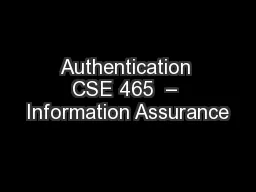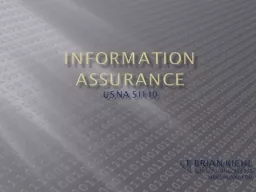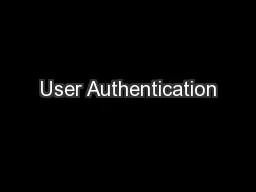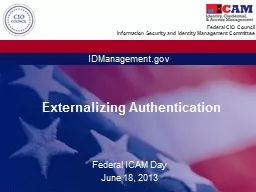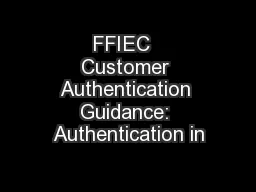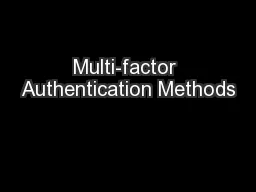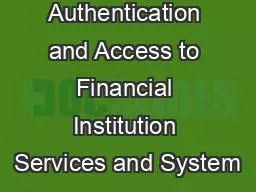PPT-Authentication CSE 465 – Information Assurance
Author : test | Published Date : 2018-12-15
Fall 2017 Adam Doupé Arizona State University http adamdoupecom Authentication vs Authorization Authentication Who are you Authorization What can you do 2 Authentication
Presentation Embed Code
Download Presentation
Download Presentation The PPT/PDF document "Authentication CSE 465 – Information ..." is the property of its rightful owner. Permission is granted to download and print the materials on this website for personal, non-commercial use only, and to display it on your personal computer provided you do not modify the materials and that you retain all copyright notices contained in the materials. By downloading content from our website, you accept the terms of this agreement.
Authentication CSE 465 – Information Assurance: Transcript
Download Rules Of Document
"Authentication CSE 465 – Information Assurance"The content belongs to its owner. You may download and print it for personal use, without modification, and keep all copyright notices. By downloading, you agree to these terms.
Related Documents

